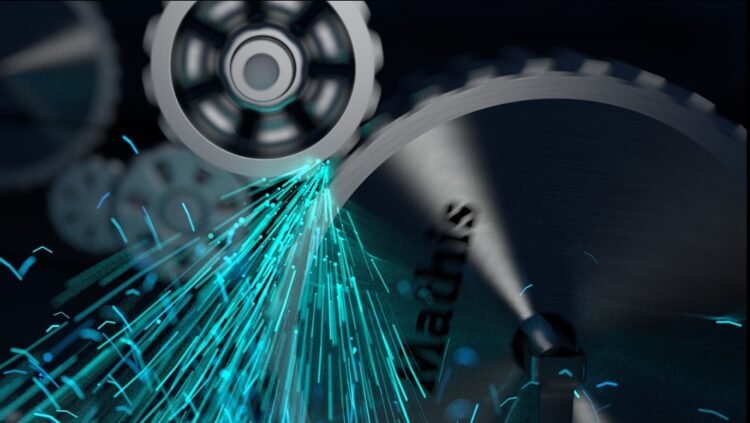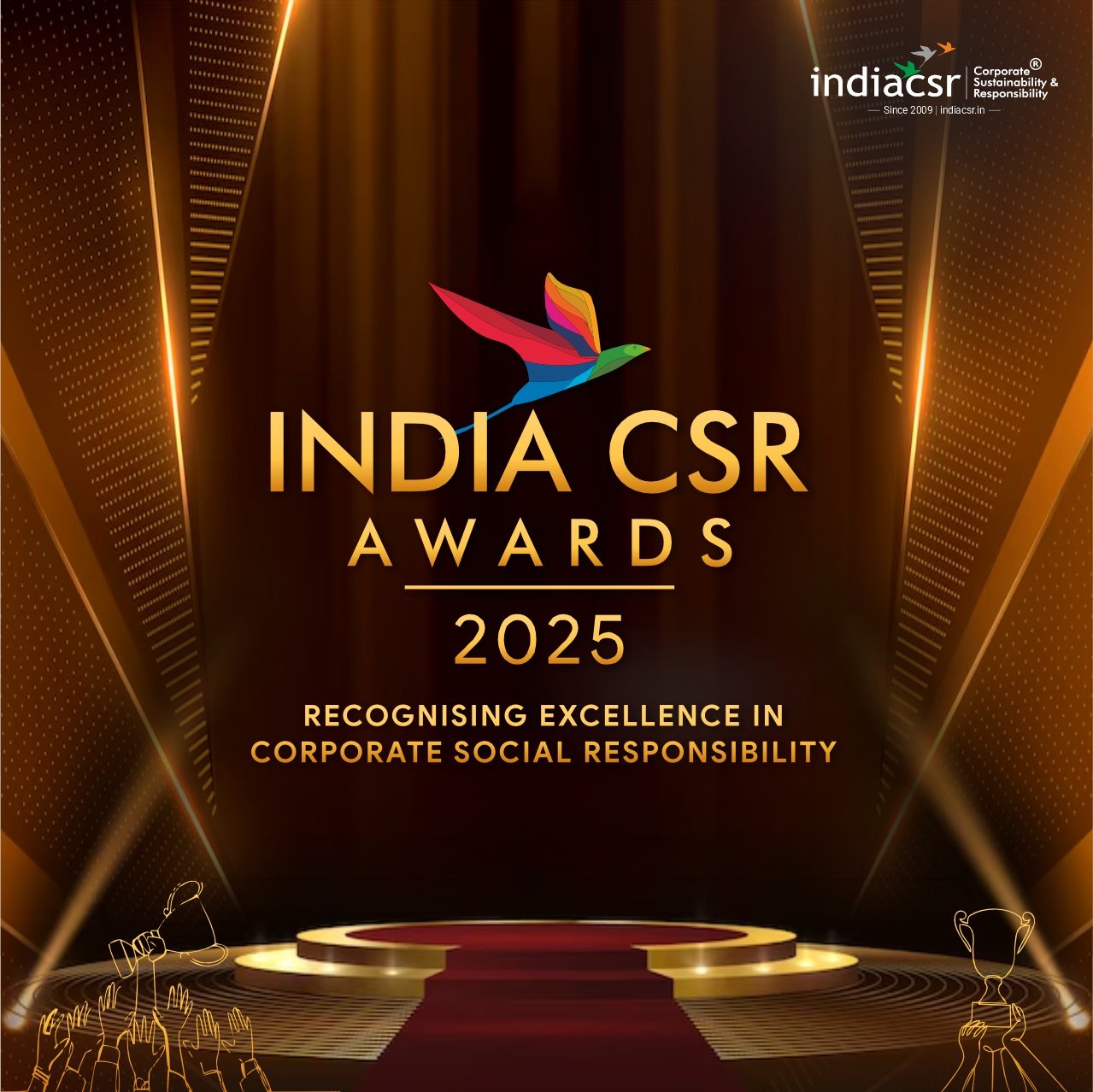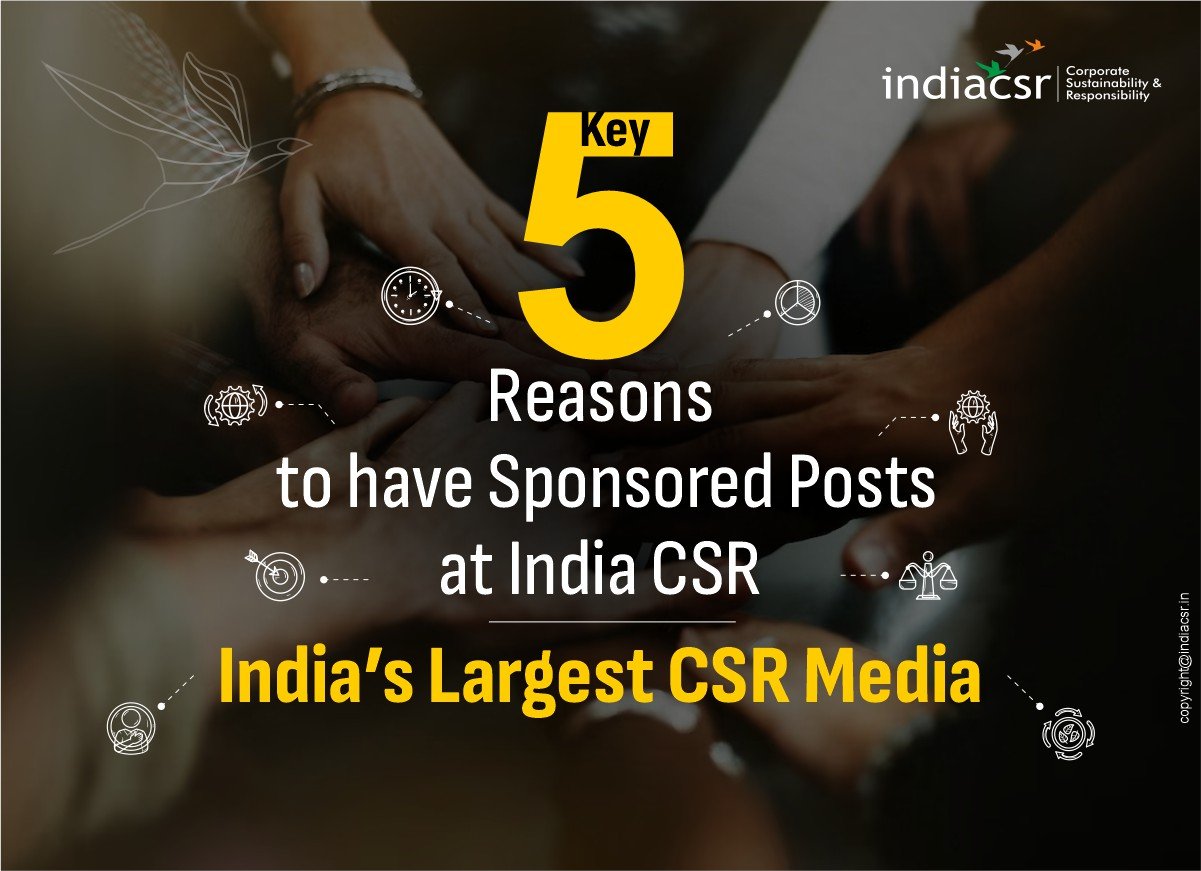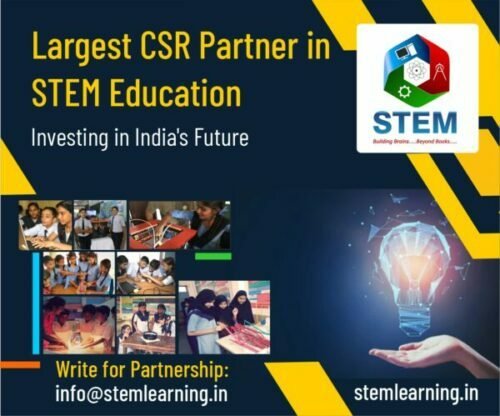Precision manufacturing has traditionally relied on Computer Numerical Control (CNC) machining. CNC technology has progressed over time, from classic 3-axis machines to more complex multi-axis alternatives like 5 axis machining. Understanding the differences between these two types of machining is critical in businesses that require complicated designs, strict tolerances, and fast output. This article discusses the benefits and applications of 5-axis machining over traditional CNC, with a focus on their capacity to handle complex designs and a wide range of materials.
Traditional 3-Axis CNC Machining
Traditional CNC machining is often done on three-axis machines, which move the cutting tool along three linear axes: X (left-right), Y (front-back), and Z (up-down). This configuration supports basic milling, drilling, and cutting operations, making it ideal for generating flat, angular, or symmetrical pieces.
Advantages of 3 Axis CNC:
- Cost-effectiveness: 3-axis machines are often less expensive to purchase and maintain, making them excellent for enterprises with tight budgets or simple manufacturing requirements.
- Ease of Use: A 3-axis CNC machine requires less technical knowledge than more complex systems. Most operators can be trained reasonably quickly, and programming these machines is straightforward.
- Widely Used: Because of their simplicity, 3-axis machines are widely available and capable of performing a wide range of machining jobs, making them suitable for general industrial requirements.
However, standard 3-axis devices have limitations. Because the cutting tool can only travel in three dimensions, it may struggle to create complex forms or achieve difficult angles. This frequently leads to several setups and repositioning of the workpiece, resulting in longer production times, greater labor costs, and the possibility of alignment mistakes.
What is 5 Axis Machining?
By including two more axes of movement, the 3-axis system is enhanced by 5-axis machining. With the additional axes, machining versatility is increased since they can rotate the workpiece or the cutting tool. The two additional axes of a standard 5-axis machine are typically A, which rotates around the X-axis, and B, which rotates around the Y-axis. This improved movement is essential for intricate designs because it allows the cutting tool to approach the workpiece from almost any angle.
Key Advantages of 5-Axis Machining:
- Increased Accuracy for Difficult Geometries: The capacity of 5-axis machining to produce intricate designs with a high level of precision is one of its biggest benefits. The cutting tool can reach challenging angles and curves thanks to the extra axes without requiring the workpiece to be repositioned. This implies that more precise machining can be done in a single setup for items with complex designs, like those seen in medical devices or aircraft components. Human error risk is reduced and production batch uniformity is enhanced with fewer setups.
- Enhanced Surface Honing: It can be difficult to achieve a smooth surface finish on complex parts with typical 3-axis machining, especially if numerous settings are needed. Minor misalignments may arise with each repositioning of the workpiece, resulting in defects. On the other hand, most cuts can be made using 5-axis machining in a single setup, greatly enhancing surface quality. This is especially helpful for products, such as consumer electronics or automobile components, that need to have a high level of visual quality.
- Quicker Production Schedules: The capacity of 5-axis machining to shorten manufacturing times is another important advantage. There is less need for extra setups because the cutting tool can access more parts of the workpiece without needing to be repositioned. This results in increased throughput overall and quicker cycle times, which is essential for businesses that depend on short turnarounds. When it comes to producing custom items or large quantities of orders, 5-axis machining services can greatly increase efficiency.
- Decreased Wear on Tools: Since the 5-axis machines may approach the workpiece from different angles, the workload is distributed more equally across the cutting tool. Because they are used in the same direction repeatedly, certain parts of the tool in typical three-axis configurations may wear out more quickly. However, with five-axis machining, the material is engaged by the tool from several angles, resulting in more even wear and extended tool life. This minimizes overall operating costs and the frequency with which tools need to be replaced.
- Enhanced Versatility Across Materials: Concerning the kinds of materials that it can work with, 5-axis machining is likewise incredibly adaptable. Its versatility lets it create complex designs in a variety of materials, whether you’re working with metals, polymers, or composites. This feature is especially beneficial for industries like aerospace, where lightweight composites and sophisticated alloys are commonly utilized. While efficient for common materials, traditional three-axis machines may not perform well on more exotic or heat-resistant materials that call for intricate cutting routes.
5 Axis Machining: The Game-Changer for Complex Designs
In businesses where complicated items with intricate geometries are required, 5-axis machining is frequently a better option than typical 3-axis CNC. It is essential to have several angles of access to the workpiece without having to reposition to decrease mistakes, enhance surface polish, and expedite production times. 5-axis machining has many benefits that are difficult to overlook, especially in industries like aerospace, automotive, and medical device manufacture where quality and precision are important.
Example Applications of 5 Axis Machining:
- Aerospace: Complex curves and voids that call for extreme precision are common in aircraft components. Strict tolerances must be met while producing turbine blades, engine parts, and airframe components using 5-axis machining.
- Medical Devices: Surgical instruments and orthopedic implants, for example, sometimes have complex shapes that call for the accuracy of five-axis machining.
- Vehicle: The tight tolerances and smooth finishes that can be achieved with 5-axis machining are beneficial for high-performance vehicle components, such as engine and transmission parts.
When to Use Traditional 3 Axis CNC
Even though 5-axis machining has several benefits, 3-axis machines are still useful in many situations. A 3-axis CNC is typically more adequate and economical when working on projects with simpler geometries, flat surfaces, or straight cuts. Purchasing a 3-axis machine rather than a more costly 5-axis system may make more sense for small enterprises with tighter budgets or lesser production needs.
Furthermore, three-axis machines continue to be quite effective for jobs like drilling, tapping, and straightforward milling. In these situations, the extra setup and programming expenses may offset any possible efficiency savings, and the higher complexity of 5-axis machining may not offer many advantages.
Conclusion
The conventional 3-axis CNC and 5-axis CNC have a role in contemporary production; however, which one to choose will ultimately rely on the project’s unique requirements and the intricacy of the designs. Five-axis machining is the obvious choice if accuracy, quicker turnaround times, and the capacity to handle complicated geometries are important considerations. However, traditional 3-axis CNC is still a dependable and efficient option for simpler parts or jobs with a tight budget.
Manufacturing professionals can choose the optimal machining technique for their projects and customers by being aware of the advantages and disadvantages of both technologies.























